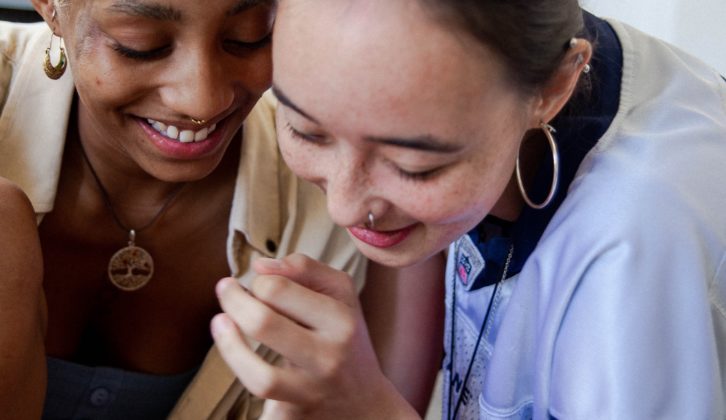(Image credit: Shingi Rice / Unsplash)
BY JO HAMILTON
Source: corp.smartbrief.com, May 2022
Consumers prefer personalized ads across the board, but Generation Z in particular expects them, per a new study.
Marketers know that personalization is the key to reaching audiences online, but the data in a recent study highlights just how important tailored ads are in reaching Generation Z in particular.
While 57% of millennials and 43% of baby boomers said they liked personalized ads, a whopping 81% of those in Generation Z said the same, per the study of over 1,000 Americans by Unsupervised, which uses artificial intelligence solutions to help companies analyze data and discover actionable insights.
“As digital marketing evolves, marketers must be acutely aware of their target audiences,” Rachel Kirsch, the company’s creative strategist, told SmartBrief.
A majority of the respondents, 57%, also said they thought their phones were listening to them to tailor ads.
That finding offers a hint as to why Generation Z may be more interested in personalized ads than older generations: As people who grew up around smartphones, “zoomers” are perhaps more familiar with how digital marketing can utilize granular data to deliver more meaningful experiences.
As a result, they are more likely to have a high expectation of how brands connect with them.
YouTube ads are the “worst”
A related finding was that YouTube ranked highest as the place to “see the worst ads” in the study, followed by television.
Given that many YouTube ads are television spots repurposed, it makes sense that perhaps these general commercials are missing the personalization element that audiences crave.
“For example, when an ad for a brand for baby boomers ends up on a video whose audience is the average millennial, that millennial viewer is much more likely to be annoyed and abandon the video,” Kirsch said.
The top digital channel among where respondents “trust ads the most” was Instagram, which has demonstrated itself to be ideal for personalized ads.
Good ads are informative, relatable and delivered by a preferred brand, the study found. All three of those characteristics require marketers to understand their audiences and use that information to customize the ad experience.
What makes a bad ad?
Bad ads, according to the respondents, are those with celebrity endorsements, unrealistic characters and catchy jingles. Meta recently highlighted the value of unpolished content in advertising as platforms like TikTok popularize more informal video content.
The reason consumers have come to dislike ads with celebrity endorsements could be that they try to appeal to many consumers, according to Kirsch. In addition, the tactic may seen dated and out of touch with audiences who want relatability.
“There’s been a shift in advertising to be more inclusive and more diverse to really connect with the modern consumer, and for many, celebrities are the antithesis of that,” she noted.
Personalize ads, or lose your audience
Unwanted ads drive 81% of respondents to move away from a platform, and YouTube is the platform most likely to be abandoned because of this issue.
Just over half of respondents use an ad blocker to stop unwanted ads, while 48% pay for premium subscriptions to avoid them.
“The growing prevalence of ad blockers should indicate that marketers need to diversify away from traditional ad structures,” Kirsch noted. “Find more meaningful and substantive ways to interact with consumers.”
Subscribe to SmartBrief on Social Buusiness for more stories like this direct to your inbox.

